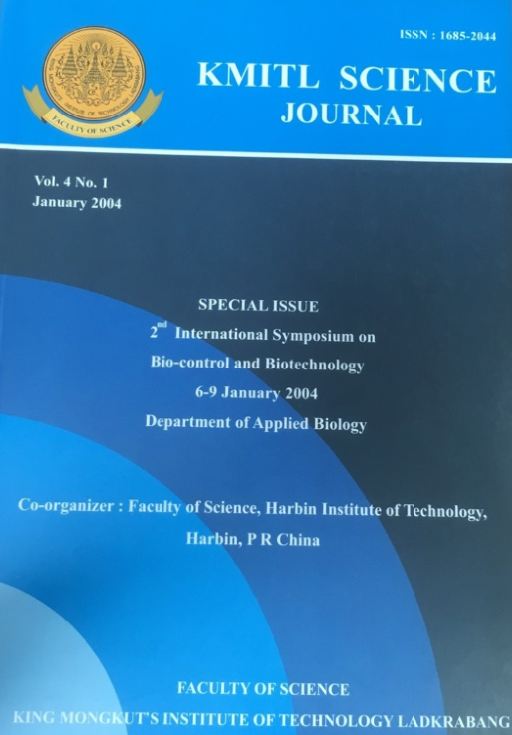Biological Control of Insect and Mite Pests of Protected Agriculture systems in Sri Lanka
Main Article Content
Abstract
Protected agriculture systems (mainly poly tunnels) have been relatively new introductions to Sri Lanka but the infestations of insects and mite pests have already become a serious problem. A project was initiated to collect and identify insects and mites infesting high value crops in poly tunnels in Sri Lanka, to collect and identify prasitoids or predators that could be used as bio-control agents in poly tunnels and to study the potential of using natural enemies as bio-control agents in poly tunnels through inundative release after mass culturing.
From an initial survey of poly-tunnels the major pests of different crops were identified as two spotted spider mire (Tetranychus urticae), whiteflies (Bamecia tabaci), and leafminers (Liriomyza stivae and L. huidobrensis). The natural enemies of poly tunnel pests identified include, Stethorus sp., a cocinellid predator of two spotted spider mite, Neoseiulus longifiles, a predatory phytoseiid mite, Diglypus isaeae, a parasitoid of leaf miners and Encarsia transvena, a pupal parasitoid of white flies.
Biology and potential of using Neoseiulus longifiles as biocontrol agent have been studied and a simple system of mass rearing the predatory mite using pollen of Tridax procumbens pollen was developed. The mass rearing method can produce 70 predatory mites within a week from initial introduction of 10 predatory mites. This method is easily adaptable by farmers. Our aim is to supply nucleus population of predatory mites along with the instructions for farmers to multiply the predatory mites. Project is being continued to find out rearing methods for other potential natural enemies of poly tunnel pests, we have identified.
Keywords: Neoseiulus longifiles, Protected Agriculture, Predatory mite, Tetranychus urticae
Corresponding author: E-mail:awijesekara@yahoo.com
Article Details
Copyright Transfer Statement
The copyright of this article is transferred to Current Applied Science and Technology journal with effect if and when the article is accepted for publication. The copyright transfer covers the exclusive right to reproduce and distribute the article, including reprints, translations, photographic reproductions, electronic form (offline, online) or any other reproductions of similar nature.
The author warrants that this contribution is original and that he/she has full power to make this grant. The author signs for and accepts responsibility for releasing this material on behalf of any and all co-authors.
Here is the link for download: Copyright transfer form.pdf
References
[2] Y.-X. Zhang, Z.-Q. Zhang, J. Ji, and J.Z. Lin, Predation of Amblyseius longispinosus (Acari: Phytosei-idae) on Schizotetranychus nanjinensis (Acari: Tetranychidae), a spider mite injurious to bamboo in Fujian, China. Systematic and Applied Acarology, 4, 1999, 63-67.
[3] C.C. Ho, K.C. Lo, and W.H. Chen, Comparative biology, reperoductive compatibility and geographical distribution of Amblyseius longispinosus and A. womersleyi (Acari: Phytoseiidae), Environmental Entomology, 24, 1995, 601-607.
[4] J.A. McMurtry, and G.T. Scriven, Insectry production of Phytoseiid Mites, Journal of Economic Entomology, 58, 1965, 282-284.


